
Dynamical phases transitions in periodically driven Bardeen-Cooper-Schrieffer systems
H. P. Ojeda Collado,1, ∗Gonzalo Usaj,2, 3 C. A. Balseiro,2, 3 Dami´
an H. Zanette,2, 4 and Jos´
e Lorenzana1, †
1ISC-CNR and Department of Physics, Sapienza University of Rome, Piazzale Aldo Moro 2, I-00185, Rome, Italy
2Centro At´
omico Bariloche and Instituto Balseiro, Comisi´
on Nacional de Energ´
ıa
At´
omica (CNEA)–Universidad Nacional de Cuyo (UNCUYO), 8400 Bariloche, Argentina
3Instituto de Nanociencia y Nanotecnolog´
ıa (INN), Consejo Nacional de
Investigaciones Cient´
ıficas y T´
ecnicas (CONICET)–CNEA, 8400 Bariloche, Argentina
4Consejo Nacional de Investigaciones Cient´
ıficas y T´
ecnicas (CONICET), Argentina
(Dated: October 31, 2022)
We present a systematic study of the dynamical phase diagram of a periodically driven BCS system as a
function of drive strength and frequency. Three different driving mechanism are considered and compared:
oscillating density of states, oscillating pairing interaction and oscillating external paring field. We identify
the locus in parameter space of parametric resonances and four dynamical phases: Rabi-Higgs, gapless,
synchronized Higgs and time-crystal. We demonstrate that the main features of the phase diagram are quite
robust to different driving protocols and discuss the order of the transitions. By mapping the BCS problem to a
collection of nonlinear and interacting classical oscillators, we shed light on the origin of time-crsytalline phases
and parametric resonances appearing for subgap excitations.
I. INTRODUCTION
The manipulation of many-body systems by periodic
drives, usually referred to as “Floquet engineering”, has
become a powerful tool to control properties of materials [1–
4]. Floquet engineering has benefit from the tremendous
advances in laser technologies and the advent of highly
controllable systems [5] like ultracold atomic gases in optical
traps [6–8] or cavities [9–11], ion chains [12] and nuclear
spins. Some experimental demonstrations include, quantum
control of magnetism [13], topology [14], electron-phonon
interactions [15] and broken symmetry phases such as
superconductivity [16,17].
Superconductors are also one of the most popular platforms
for quantum technologies. Quantum devices require the
manipulation of the out-of-equilibrium system for as long as
possible without loosing coherence because of coupling to the
environment. Thus, in the last years a large effort has been
done to improve the materials and devices to increase the
energy relaxation time and the coherent dynamics [18–20].
Superconducting and ultracold atomic superfluid
condensates present a unique opportunity to study many-body
Floquet effects [21–29]. Because of a gap in the excitation
spectrum, these systems tend to have long relaxation times.
In addition, in weak-coupling, the dynamics can be described
by a mean-field like Hamiltonian with effective all-to-all
interactions. Both effects contribute to provide a large window
of time where energy relaxation processes are suppressed
and the out-of-equilibrium dynamics can be studied.
Furthermore, all-to-all interacting systems have aroused
interest in the context of mean-field time-crystals [27,30–33].
Notwithstanding all this growing interest, Floquet
engineering in superconducting or superfluid condensates has
not been addressed until recently [21,23,24,27,34–40].
∗hector.pablo.ojedacollado@roma1.infn.it
†jose.lorenzana@cnr.it
For periodically driven BCS systems, Rabi-Higgs
oscillations [21], parametric resonances and Floquet
time-crystal phases [24,27] have been demonstrated by
considering a periodic time-dependent pairing interaction
λ(t).
Despite this progress, several questions remain open.
Different dynamical phases have been identified [21,23,
24,36] and a partial dynamical phase diagram has been
presented for the driven BCS system in Ref. [27]. On
the other hand, the order of the transition has not been
discussed. Also, so far studies have concentrated on a
driving mechanism in which the interaction parameter λis
time-dependent (λ-driving). However, it is also possible
to envisage that the density-of-states (DOS) could be time
dependent (DOS-driving).
Here we present a systematic study of the dynamical phase
diagram of a driven BCS system including driving frequencies
such that
hω lies below and above the gap and a large
range of drive amplitudes and both λ−and DOS-driving
mechanisms. The DOS-driving protocol is relevant for
ultracold atoms setups as well as in condensed-matter systems
where the electrons can couple to an electromagnetic field
in the THz regime. In addition, a systematic comparison of
driving mechanisms allow to separate universal features from
mechanism-dependent details.
We show that the phase diagram is, in general, surprisingly
rich with at least four dynamical phases (Rabi-Higgs, gapless,
synchronized-Higgs and time-crystal) ubiquitously appearing
for both driving protocols. Dynamical phase transitions
(DPTs) are analyzed in detail and we demonstrate the
existence of first and second-order like phase transitions. We
analyze the parametric resonances discovered before [27] and
discuss their origin in the context of the mapping to a classical
dynamical system. In order to clarify the essential ingredients
leading to parametric resonances, we compare the phase
diagram for λ−and DOS-driving with the one corresponding
to an external pairing field (third driving mechanism). Also,
to highlight the relevance of the many-body interactions in
the emergence of parametric resonances, we compare these
arXiv:2210.15693v1 [cond-mat.supr-con] 27 Oct 2022
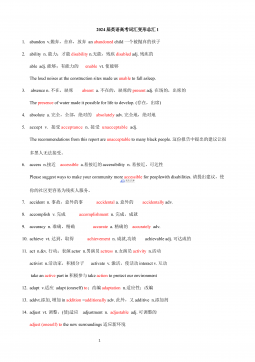
 2024-12-06 4
2024-12-06 4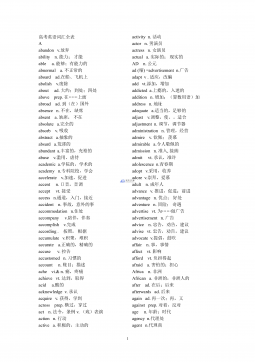
 2024-12-06 11
2024-12-06 11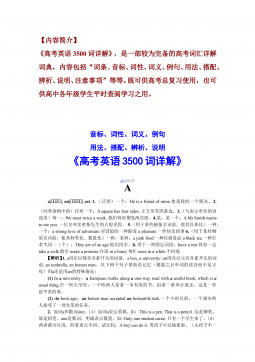
 2024-12-06 29
2024-12-06 29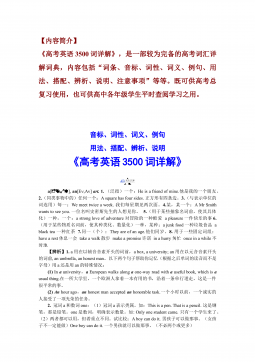
 2024-12-06 26
2024-12-06 26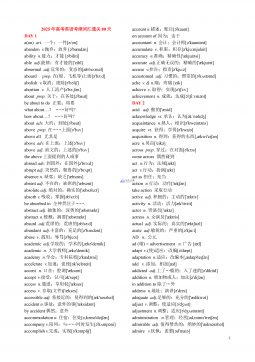
 2024-12-06 29
2024-12-06 29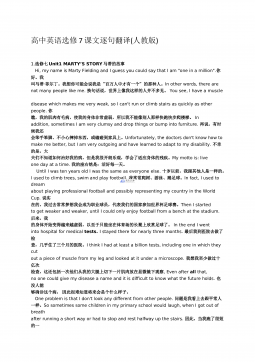
 2024-12-06 11
2024-12-06 11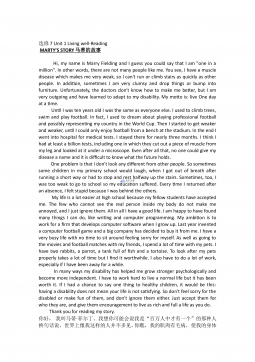
 2024-12-06 35
2024-12-06 35
 2024-12-06 12
2024-12-06 12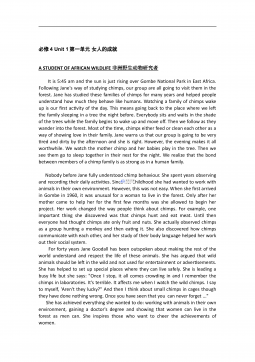
 2024-12-06 39
2024-12-06 39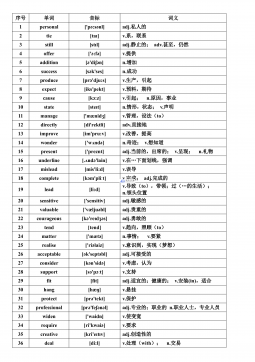
 2024-12-06 27
2024-12-06 27






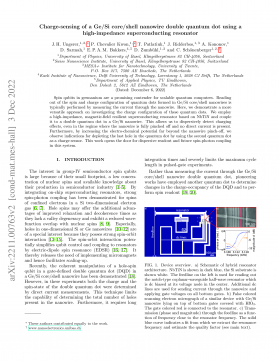
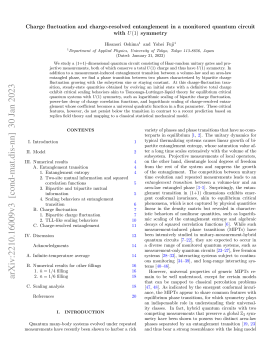
 渝公网安备50010702506394
渝公网安备50010702506394
